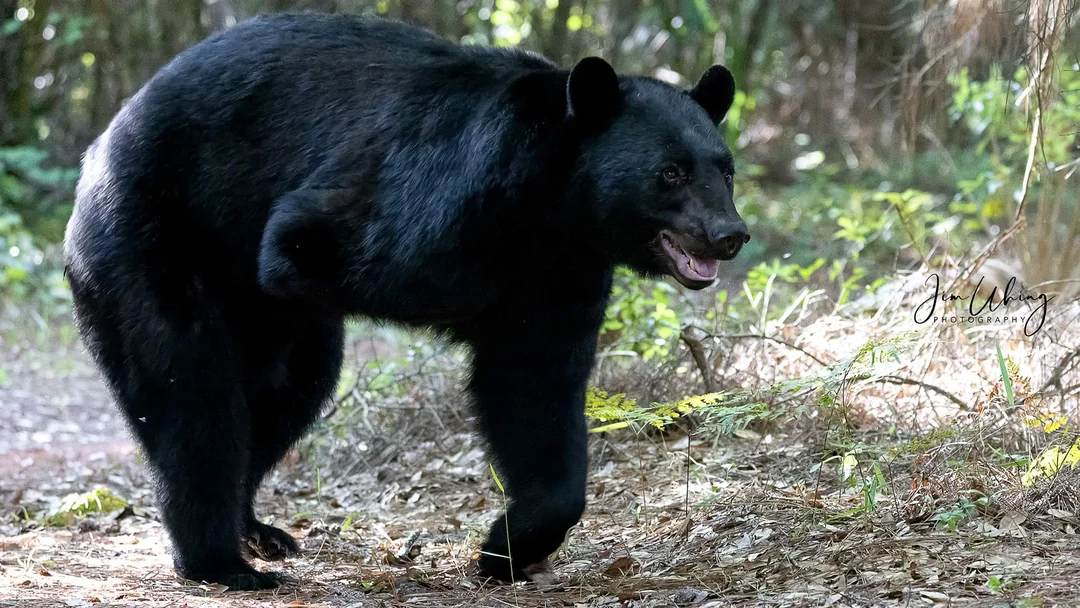
Florida’s Controversial Proposal to Reintroduce Steel Traps for Wildlife
The Florida Fish and Wildlife Conservation Commission (FWC) has recently ignited a heated debate by considering changes to its regulations on wildlife trapping. Historically banned for over five decades, the use of steel-jaw foothold and leg traps is once again under scrutiny as the FWC seeks public feedback on potential modifications. This proposed shift raises significant concerns about animal welfare and the ethical implications of trapping methods.
For 53 years, steel traps have been outlawed in Florida, recognizing their cruelty and the unintended consequences of capturing non-target species, including pets and endangered animals. However, a recent email from the FWC stated, "the agency is seeking feedback from the public on proposed changes to wildlife trapping regulations in Florida." This has led to widespread concern among animal advocates who argue that loosening these restrictions would essentially reverse the ban on these antiquated traps.

Robert Ruderman of Humane Wildlife Consulting sharply criticized the FWC's proposal, stating, "The effort to modernize the rules is just a shameless attempt to gaslight the public." Advocates like Kate McFall, Florida director of the Humane Society of the United States, are equally alarmed, describing the use of steel traps as "barbaric" and stressing the necessity for humane treatment of all wildlife.
Historically, the steel traps have roots that date back to the fur trade era, with their inception linked to figures like Sewell Newhouse, who crafted some of the first traps in the mid-1800s. Yet, today’s societal norms and ethical standards have shifted dramatically, rejecting the methods that once were commonplace.

The 1972 ban on steel traps was likely influenced by an emerging environmental consciousness that recognized the traps’ danger to various species, including pets and endangered wildlife. Instances of non-target animals suffering severe injuries or fatalities due to trap misuse added urgency to the regulatory measures. Indeed, anecdotal evidence from activists, such as Katrina Shadix, reinforces the ongoing risks; she noted observing several three-legged bears in Seminole County, all victims of traps.
While Elizabeth McFall and other activists advocate for more stringent regulations, some trappers argue that professional input is necessary for effective regulation. Mark Neely, a seasoned trapper, has voiced his concerns regarding the discussions happening within FWC, questioning whether those making rules truly understand the practice.
In conclusion, the FWC’s proposal to amend trapping regulations not only stirs a profound conversation regarding animal welfare but also challenges the societal responsibility we hold towards wildlife. As the FWC plans to present its recommendations for a vote, the public's ability to engage in this conversation is crucial. Will Florida choose to prioritize humane practices over outdated methods? Your opinions matter, and they could influence the course of wildlife conservation in the state. Join the discussion and let your voice be heard!